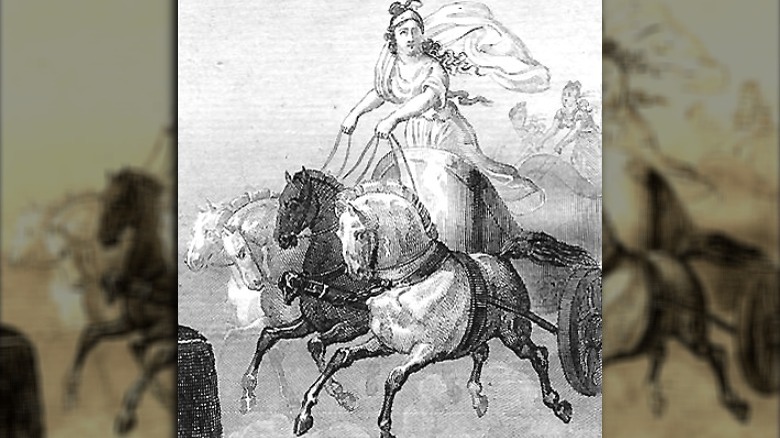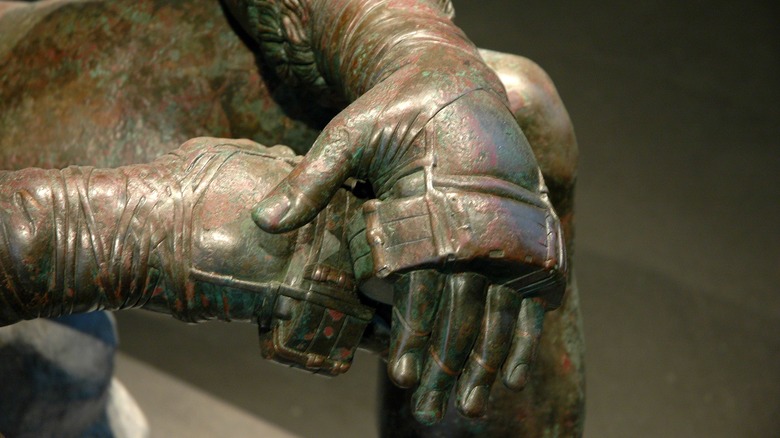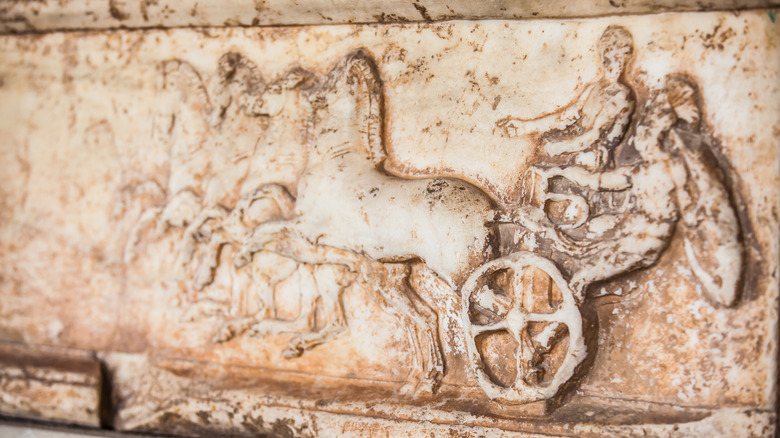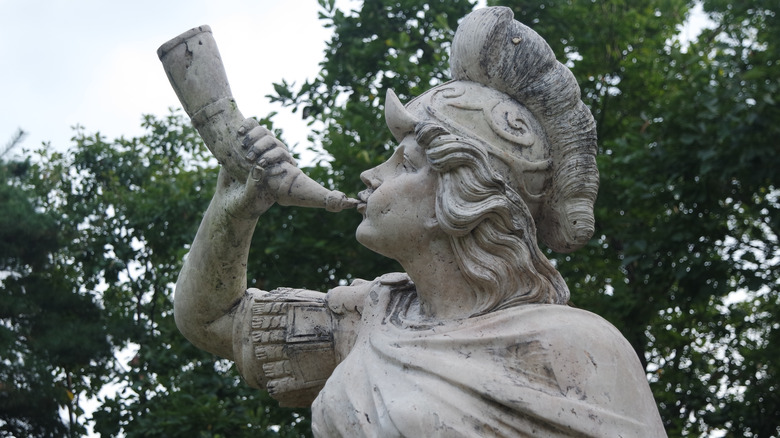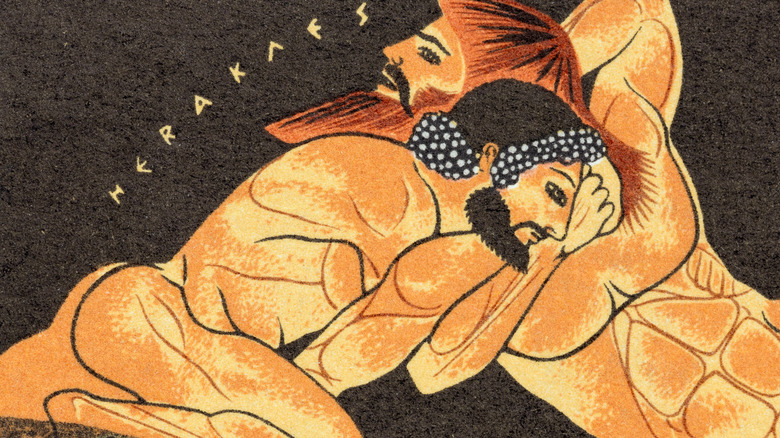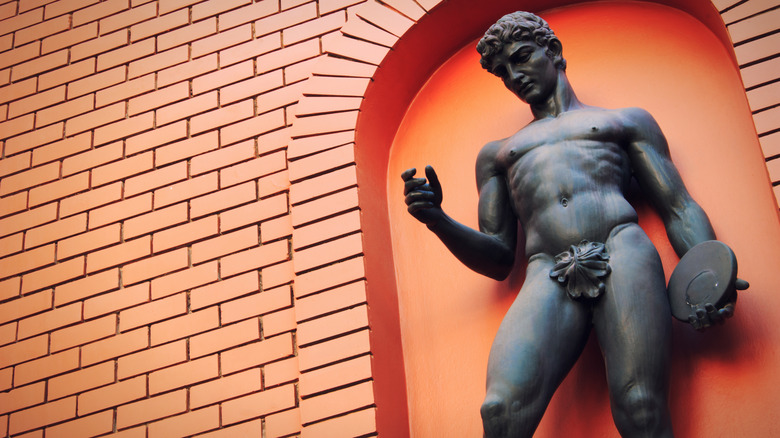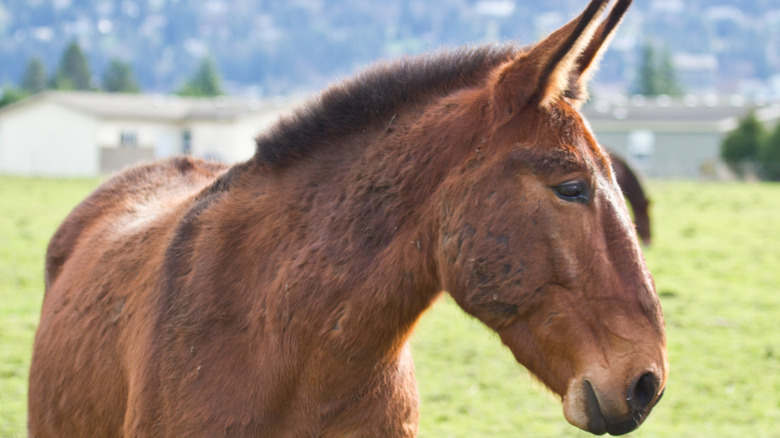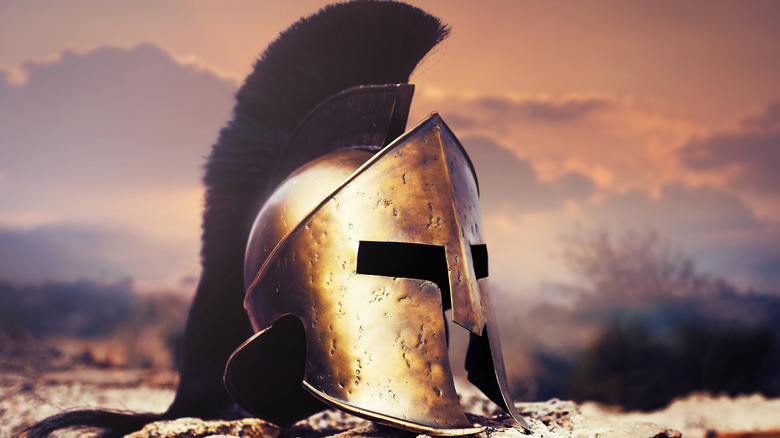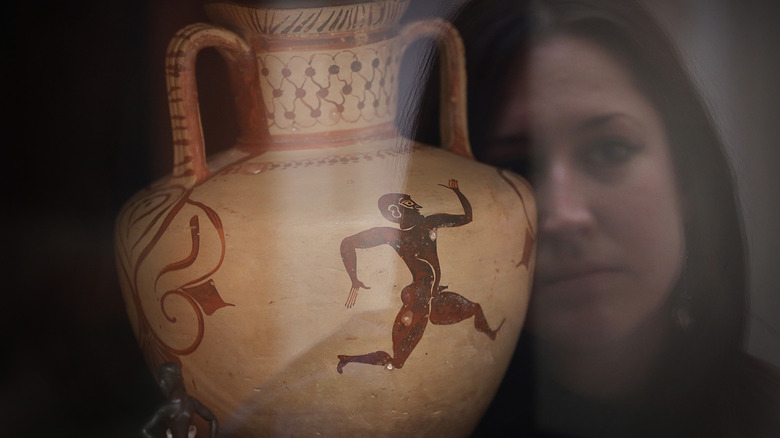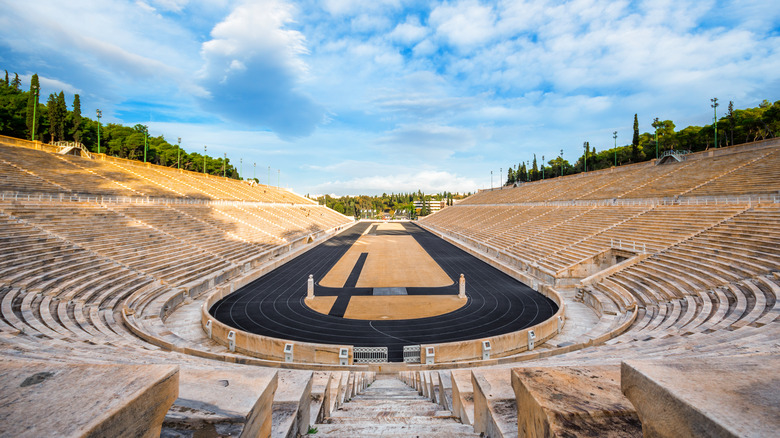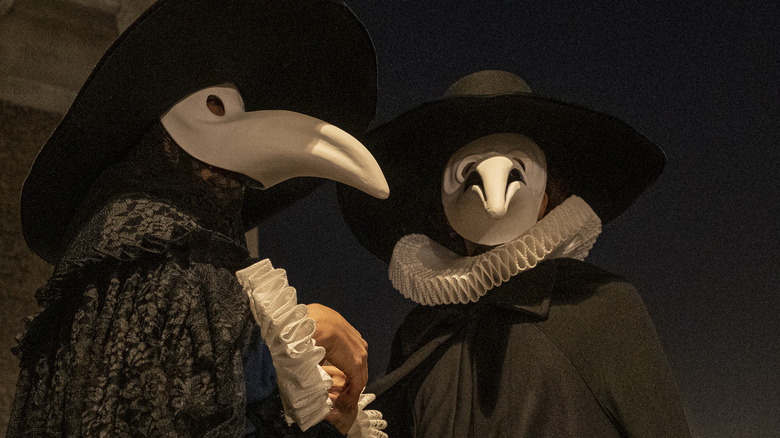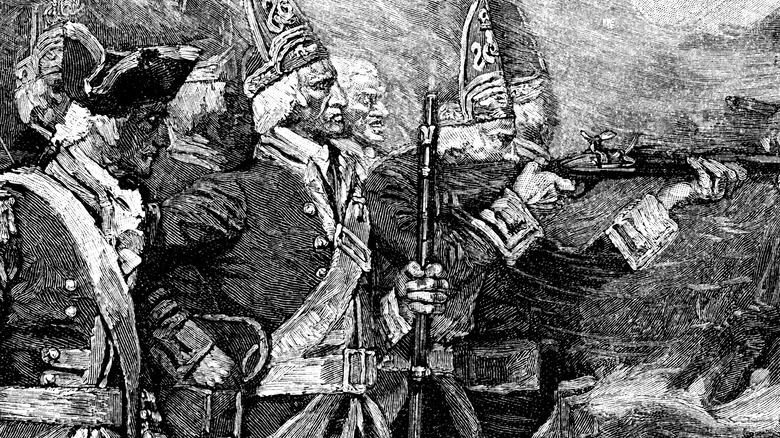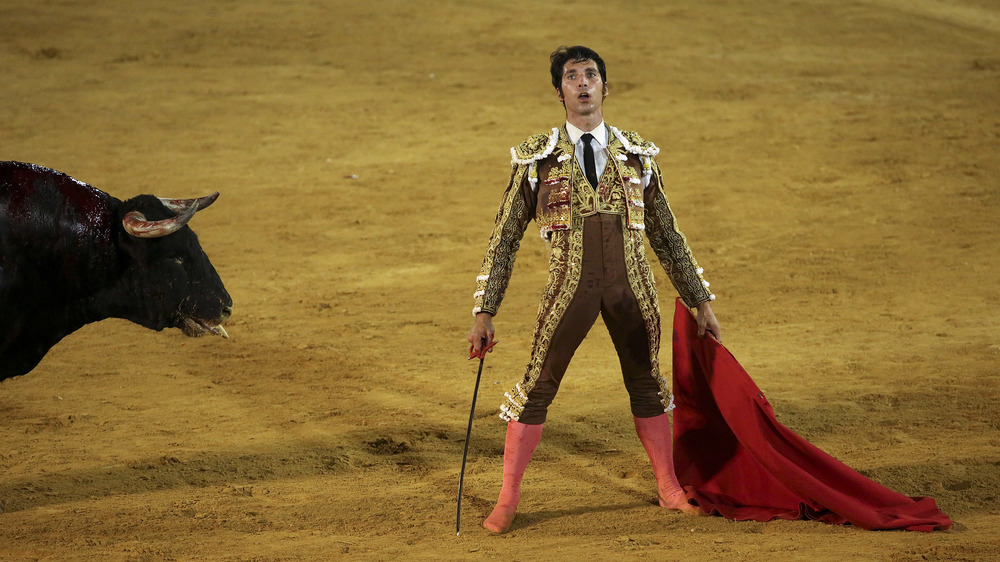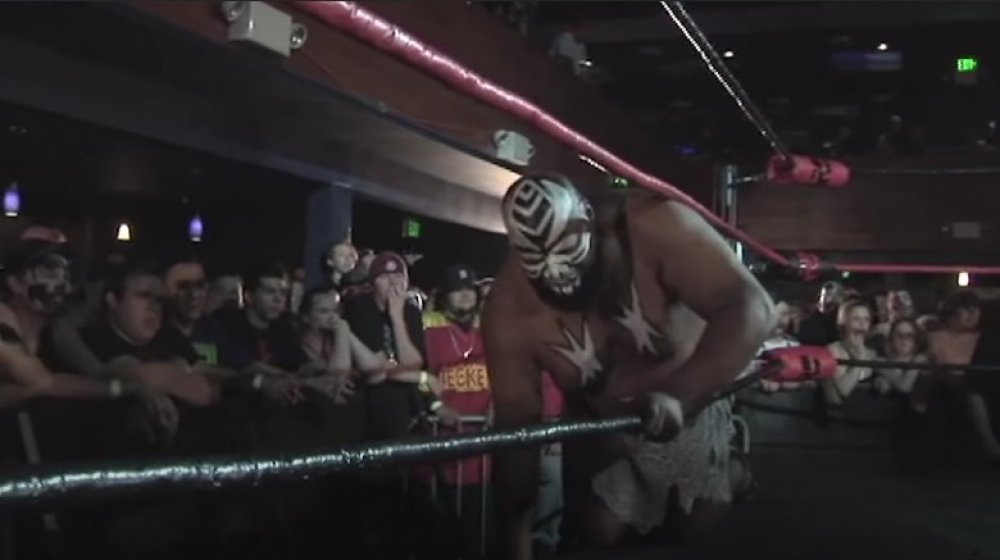
Here’s What Games They Played At The Ancient Olympics
Congratulations! You’ve won a magical ticket to go back and witness the Olympics as they were first created! What will you see? Well, for starters, you’ll see a lot of the athletes: Penn Museum says it’s not clear when and why they started competing naked, but they totally did.
The history of the Olympics is divided into eras, and the ancient games were first held in 776 BC, and the last one was held in 393 AD. That, says the Athens Environmental Foundation, is when Rome’s Emperor Theodosius was getting really serious about this new-fangled thing called Christianity, and put an end to as many pagan celebrations as he could. They didn’t come back until centuries later, and when they did, events had to be updated.
Famously, the modern marathon event harkens back to a messenger named Pheidippides, who ran 149 miles from Marathon to Sparta in order to summon soldiers to fight off invading Persian forces. It took him about a day, and while that would be a pretty epic event, today’s athletes “only” do a little over 26 miles. So, marathon running was probably a part of ancient Olympics, right? Nope! It turns out that ancient Olympic games were much, much different than the ones we’re used to seeing today, and for starters, these sports were much bloodier.
When women were finally allowed to compete
For a long time, the Olympics were strictly a male-only competition. Research published in The Journal of Nutrition says that women were only allowed to watch from a distance, and anyone caught trespassing on competition or festival grounds was carried up Mount Typaion and thrown off.
That ended thanks to a Spartan woman named Kyniska (pictured). The daughter of King Archidamus II, she entered the games in 396 BC as the owner of a team of horses participating in the chariot races (via The Conversation). They won, and that kicked open the door and paved the way for women to participate in the games, which they did — in the Heraia.
The event was named in honor of Hera, the long-suffering and perpetually (yet understandably) angry wife of Zeus. It was held every four years at the Temple of Hera in Olympia, and was limited to just 16 participants for each year. Anyone wanting to take part needed to be a virgin, and runners competed within their age groups of young, mature, and elderly. Winners of the 220-meter race received an olive wreath, a section of the cow that had been sacrificed to their goddess, and their portrait displayed at the temple (via UNESCO).
This isn't your modern-day boxing
It turns out that for as long as people have known what upper body strength is, they’ve been using it to punch each other in the face. The History of Fighting says it was introduced as an Olympic sport pretty early on — in 688 BC.
It was called Pyx, it took place in a dirt pit called a skamma, and a referee was on hand to make sure both fighters adhered to the “nothing but punching” rule. (Awesomely, they carried a switch to clip offending fighters if they got out of line.) Fighters wore first hide straps on their hands, and then thicker, heavier pieces of leather which were so durable they could absolutely draw blood (like the ones in the statue pictured). Matches ended when someone got knocked out, surrendered, or died, and the Perseus Project also notes there was also no such thing as weight classes, so that made things more interesting.
It’s almost impossible to describe the level of bloody violence that went with ancient boxing, so let’s tell the tale of Damoxenos and Kreugas (via The Journal of Nutrition). They were competing in the Nemean Games (one of the other Panhellenic festivals, which included the Olympics) when a boxer named Damoxenos punched through the torso of his opponent, Kreugas. He then violated the whole “punching only” rule by grabbing the man’s intestines and ripping them out, a move that disqualified him and gave the victory to the very dead Kreugas.
Yee-haw and giddiup!
Four-horse chariot races were added to the ancient Olympics in 680 BC, saysKULeuven professors Dr. Willy Clarysse and Dr. Sofie Remijsen. The teams pulled two-wheeled chariots around the stadium track for a distance of a little over 8.5 miles. Here’s where things start to get dicey: It was such a popular event that in 384 BC, another version was added. In this, the chariots were pulled by foals — those are horses less than a year old. Considering horses’ bones are only considered fully developed when they’re about six years old (via Kentucky Equine Research), that’s awful, and kind of like expecting a toddler to carry your groceries and a few six-packs in from the car.
Ancient History professor Garrett G. Fagan, PhD, of Pennsylvania State University says (via The Great Courses Daily) that there were few rules in racing. Drivers could beat — and hurt — other drivers and their horses, and there was even a name for the inevitable crashes. They were called “shipwrecks,” and seeing horses and humans go down in a tangled mass of high-speed carnage was met with the same enthusiasm that on-the-ice hockey brawls are met with today.
That indifference is kind of explained by the fact that most chariot drivers were slaves, says Todd E. Caissie of Rutgers University (via The Conversation). When it came time to bestow Olympic laurels and accolades, it was the owner of the horses who technically won — even if they weren’t there.
Hear ye, hear ye!
There’s a lot that’s just not known about the earliest Olympics, and according to University of Warsaw faculty member Aleksander Wolicki, that includes the details of the awards ceremonies. What is known, however, is that the heralds were an incredibly important part of the games. World History says that it’s not clear how many people would come to see the Olympics but given that the stadium could hold around 45,000 people, it’s safe to say the answer is, “A lot.” This was before loudspeakers, so those who were announcing things like names of contestants, winners, and the start of each competition needed to have some serious vocal projection.
As strange as it might look, then, from a 21st century perspective, it makes sense that there was an Olympic competition for heralds and trumpeters. It became officially recognized by the Olympics in 396 BC, and it went from something of a local competition among announcers that would tend to be there anyway to a massive competition that saw participants from all across the Greek Empire.
It was one of the first events to be held, and winners got something of an extra prize: They would be the ones to announce the participants and winners of the other events, and take part in the awards ceremonies.
The only game to get a 'heck no' from the modern era
The Olympics got their official revival in 1896, and most disciplines (like running and equestrian events) were translated and updated into new events. There was one exception, and according to The Vintage News, it was called out by name when the Archbishop of Lyon moved, “We accept all events to be reinstated, except pankration.”
Why? Even some ancient Greeks thought it was just too violent, with Xenophanes describing it (via the Perseus Project) as “that new and terrible contest… of all holds.” It was based on the idea of demigods Herakles and Theseus, who battled monsters and men alike in brutal hand-to-hand combat. When it came time to replicate that in pankration, there were only two things forbidden: biting, and using your fingernails to gouge the other person’s eyes out. Otherwise, it was anything goes, until someone tapped out or died.
And that totally happened. Take the untimely death of Arrhichion of Phigalia. He was in a choke hold when he broke his opponent’s foot, causing him to give the surrender gesture. By the time the judge called the victory for Arrhichion, though, he was already dead — so, they put the winner’s wreath on his body and sent that home. National Geographic points to one Olympian who got the nickname “Mr. Fingertips” because he started the match by trying to get an early advantage in breaking his opponent’s fingers. Yikes.
The ancient version of the pentathlon
The pentathlon was added in 708 BC (via KULeuven). The word itself means “five competitions,” and athletes were required to participate in all five events — all held on the same day — in order to be eligible to win, and it’s still not entirely clear how winners were chosen.
It’s also not clear what order the events were held, and while some might seem kind of familiar, there were differences to modern versions. The long jump event was similar, but given that it was accompanied by flute music, that’s led to the suggestion that there was something other than jumping involved. They also jumped carrying massive stone or metal weights called halteres, and the rationale behind those is debated, too. Then, there were the foot races, which was a pretty straightforward jaunt around the track, and the discus throw, which is similar to today’s discus, but without the spin. Athletes also competed in the javelin throw, which was just not just on distance but on accuracy as well. The fifth sport was wrestling, and there were two different versions. In one, the goal was to throw the opponent onto the ground, and the other was grappling until someone tapped out (via OpenLearn).
Aristotle lauded the abilities of pentathletes in particular, saying (via the Perseus Project) they were “the most beautiful.” While that seems to be a sentiment that was widely agreed-upon, the pentathlon was regularly one of the least popular events as far as spectators were concerned.
A horse of a different color
In 2018, The Chronicle of the Horse reported that it was a huge deal that a 14-year-old mule was competing in the U.S. Dressage Finals, with his (or, at least, his owners’) eyes on the Olympics. It wasn’t the first time that mules — the offspring of a female horse and a male donkey — have been included in the Olympics. For a brief time, they had their own sport. It was called apene, and it was essentially racing mule-drawn carts. It’s not as odd as it sounds at first: Mules, after all, had a pretty impressive connection to the Olympics as the reported mount of choice for Herakles.
The event was introduced in 500 BC, but ended in 444 BC, and it’s not clear why. Writing for Academia, Theodore Antikas suggests that it came to an end because the area’s best mule breeders weren’t in Greece, and when the home team consistently lost, the event was phased out.
Greece, it turns out, had been anti-mule for a long time. By the time the Olympics rolled around, there was still an already-old idea that cross-breeding a horse and a donkey resulted in an abomination, and it was said that the offspring of the pairing would be cursed. It’s one of those things that sure, people said it… but it wasn’t true. Was it? Sometimes, olde-timey people believed it was better to be safe than sorry when it came to curses.
As if running isn't hard enough…
Many Olympic sports have their roots in war and the military. Even dressage — or “horse dancing” — has military roots, says The World. While today, it’s fancy-looking people putting their horses through unnatural-looking movements, the ability to stop on a dime or leap into a gallop was once the difference between life and death for both.
No ancient sport demonstrates how the line between athletics and the military gets blurred better than the hoplitodromos, an event that Health & Fitness History says was added to the Olympics in 520 BC, and persisted — in some form — until their end in the 4th century. It was essentially a foot race where competitors ran nude, except for full military graves, along with a helmet and shield. The extra equipment meant they were running while carrying about an extra 50 pounds, requiring a whole new level of endurance.
The very first winner of the hoplitodromos was a man named Damaretos, according to the University of Pennsylvania Center for Ancient Studies. He also won in 516 BC, and he was honored with a statue in Olympia. Historians know, says KULeuven, because when Pausanias — a Greek writer and geographer who died in 180 — was documenting the statues of Olympia, he noted the statue of Damaretos and the fact that the shield he’d carried in the race was still there.
The surprisingly mysterious horse races
According to the Foundation of the Hellenic World, there’s not too many details historians can say they can confirm about the equestrian events of the ancient Olympics. In addition to the chariot races, there were a few events held for a horse and rider: And given that the idea of the saddle and stirrups hadn’t made it there yet, it would have been a true test of strength and balance along with showing off the qualities of the horse.
In 648 BC, the Olympics introduced the keles, a straightforward race for horses more than a year old. Stranger was a race introduced in 496 BC (and discontinued in 444 BC). The kalpe was apparently a trotting race, and only mares were allowed to enter. That’s not even the oddest part — according to Pausanias’s records of the games (via KULeuven), the race involved the mare and her rider up until the last lap, when the rider needed to hop off and finish the rest of the run on foot, alongside his horse. That seems fair!
The ancient ancestor of the marathon
While there was no marathon in the ancient Greek Olympics, they did have something that was close… kind of. Runners World says there’s a lot that’s just not known about the race called the dolichos, but we do know it was different from the 200-meter sprint of the pentathlon. It’s unclear how or why it started, or how fast competitors finished the race, or even how they trained for it. It’s even not clear how long it was, although it’s believed to have been somewhere between three and five miles.
The lack of information about this has led to plenty of speculation, with theories developed based on clues left in ancient writings. One Greek writer said those participating in the dolichos needed strong shoulders, because they “move almost as if they were walking, holding up their hands in front of them.” What does that mean? Who knows! Other fun bits of trivia that’s been uncovered about the race is that any competitor who jumped the gun, so to speak, would be flogged for his false start. Then, it was off to the races: Competitors would make the designated number of laps around the stadium — looping around poles called kampters — before crossing the finish line.
Hilariously, historians also note there’s a practical side to this race. Since it took so long, it gave hungover and still-drunk spectators the chance to drag themselves out of bed and make it to the race before anything interesting happened.
What was the schedule like?
When the very first Olympics were held, they were set firmly in the middle of July, says World History, and there was just a single event — a foot race, and it was won by a man named Korobois of Elis. As the games got bigger, their numbers grew from one to 12, and the Olympics themselves got longer, too. What started out as a one-day festival turned into three days in 684 BC, and then to 5 days by the 5th century (via the IOC).
On the first day, spectators would be treated to a ceremony where all participants — including all athletes and all judges — would take a solemn oath to respect the spirit of the games and the rules. That was followed by the heralding and trumpeting competition, and that day was a wrap. The chariot races — along with any other horse races that happened to be going on — would kick off the second day, and it was also the second day that was all five events of the pentathlon. Athletes and spectators alike got a break from sport on the third day, which was a time for honoring the gods and sacrificing a lot of animals.
The morning of the fourth day was reserved for all the foot races, and all the combat sports — like boxing and pankration — were held in the afternoon. The fifth and final day was another party day, filled with awards ceremonies and banquets (via The Olympic Museum).
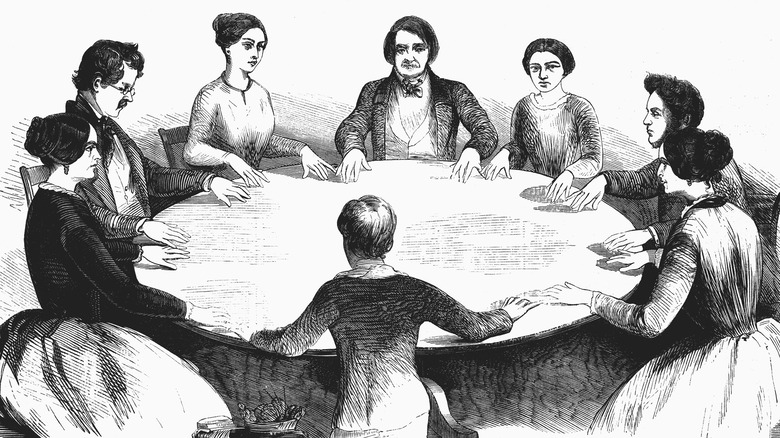
Spiritualism Explained
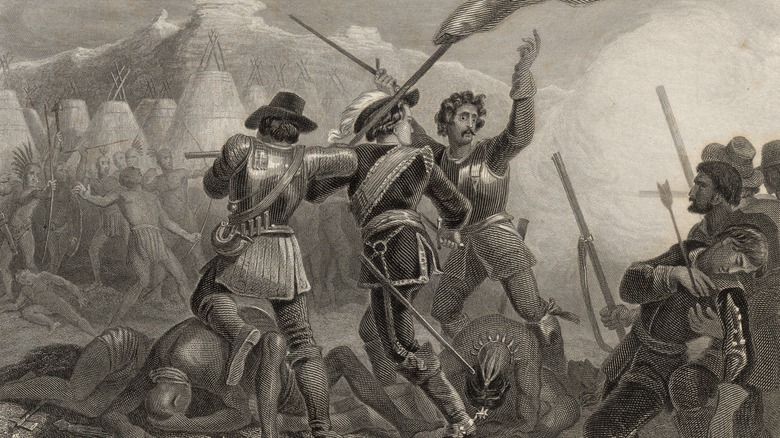
The Worst Massacre Of Native Americans In US History Explained

The Truth About Albert Einstein And Charlie Chaplin's Friendship
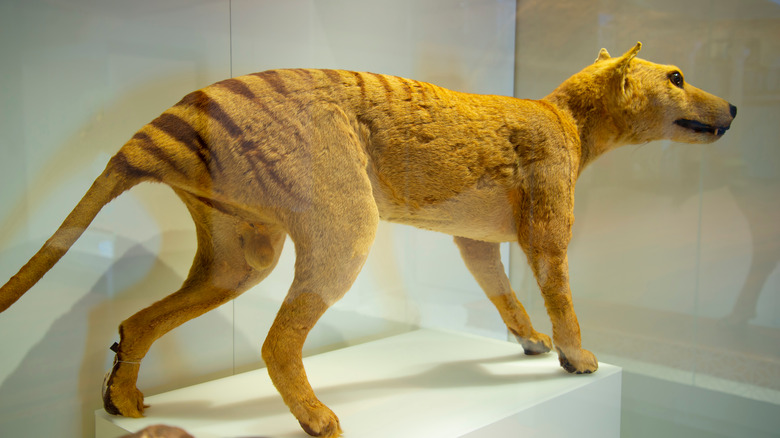
Animals That Went Extinct In The Last 100 Years
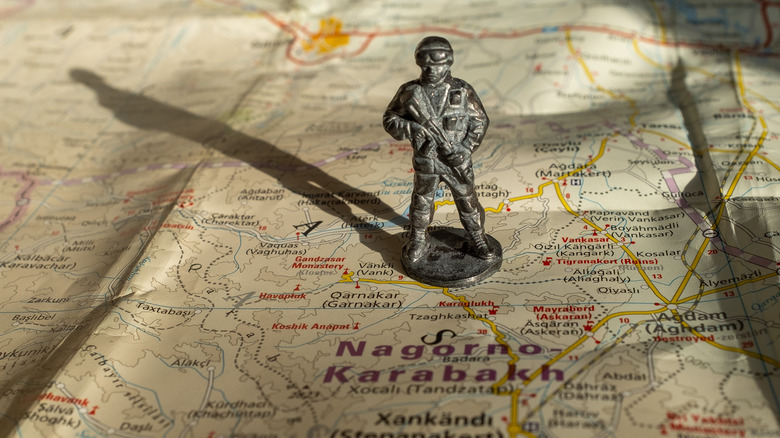
What Really Happened During The 2020 Nagorno-Karabakh War?

The Messed Up Truth Of Serial Killer Carl Panzram

Painless Parker: The Crazy True Story Of The Weirdest Dentist In History

The Untold Truth Of Mike Tyson

Here's How Much Rob Gronkowski Is Really Worth

How Long Would It Take To Walk Across America?
